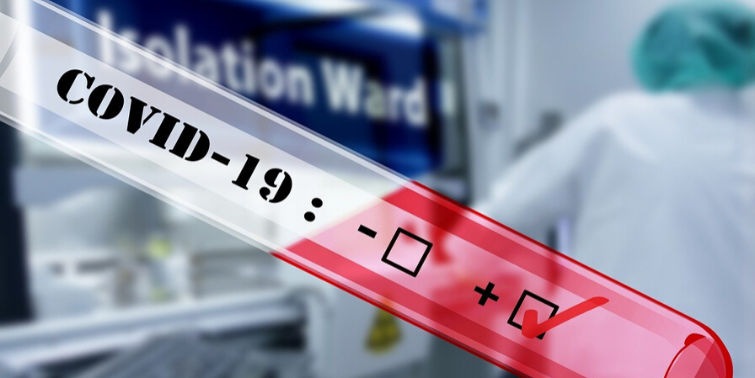What is the health authorities' testing strategy? Can this strategy evolve?
Testing is not used to measure, but to contain the epidemic. In an epidemic phase, the principle is no longer to test systematically. There is no right to be tested, and no particular benefit for the general population.
As is the case in most countries and as recommended by the European Commission, tests are currently reserved for the following priority groups:
- Symptomatic healthcare professionals,
- Symptomatic elderly people,
- People with severe respiratory difficulties or co-morbidities,
- Hospitalized patients,
- New homes and new territories.
In line with WHO recommendations, which now call for mass testing of the population, and in view of the evolution of the epidemic, the testing strategy in France will evolve over the coming months.
As of March 28, 2020, 12,000 PCR tests are being carried out every day, and by the end of April 50,000 conventional tests will be available.
At the same time, rapid tests are now available, and France has ordered 5 million of them. Rapid test capacity will be increased to 30,000 per day in April, 60,000 in May and 100,000 in June.
Why not test all patients with symptoms?
With the increasing number of cases, the systematic search for contact subjects has become pointless. Testing all patients, whether symptomatic or not, would lead to saturation of the screening network, whereas for serious cases, nursing staff and collective structures for the frail, screening always enables immediate action to be taken (for example, to prevent the spread of the virus within a hospital when a patient is hospitalized). Case counts are no longer based solely on biologically diagnosed cases, but on epidemiological estimates, as is done for influenza every year (number of consultations, number of serious cases or deaths, etc.). These changes therefore reflect a desire to adapt the response to changes in the spread of the coronavirus in different territories.
How do the tests work?
For the populations concerned (see previous question), there are several possible tests:
- For patients diagnosed in hospital or with signs of severity, these tests will be carried out in hospitals.
- For other patients who meet the screening criteria, it is possible to be tested in local laboratories, after contacting the attending physician and obtaining a medical prescription. Samples will be taken at home. Under no circumstances should you go directly to the laboratories, but call them beforehand, and only if you have a medical prescription, as there is a high risk of contaminating other patients, especially the most fragile.
Untested patients are diagnosed with COVID-19 on the basis of clinical signs by a physician. Medical management procedures for tested and untested patients remain identical.











